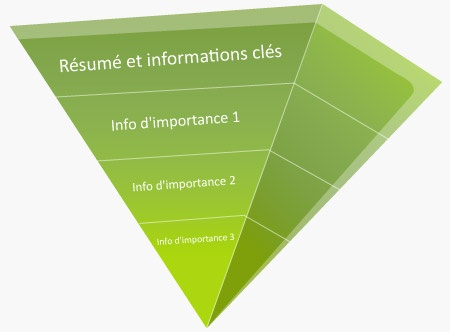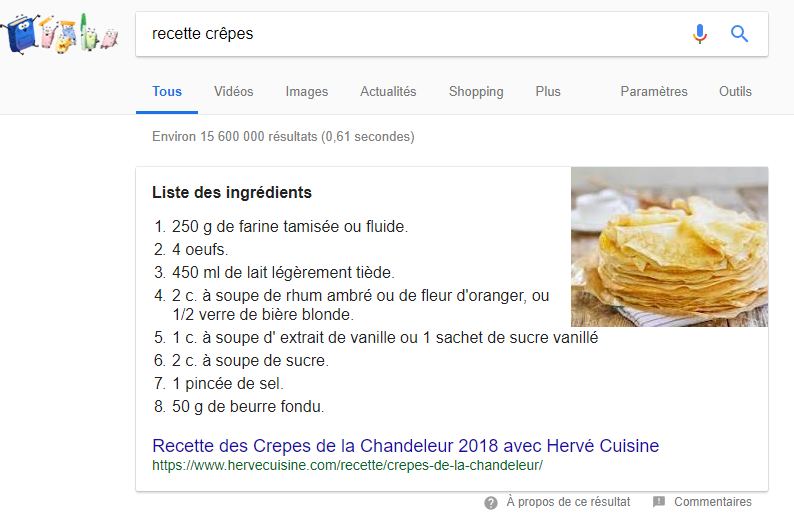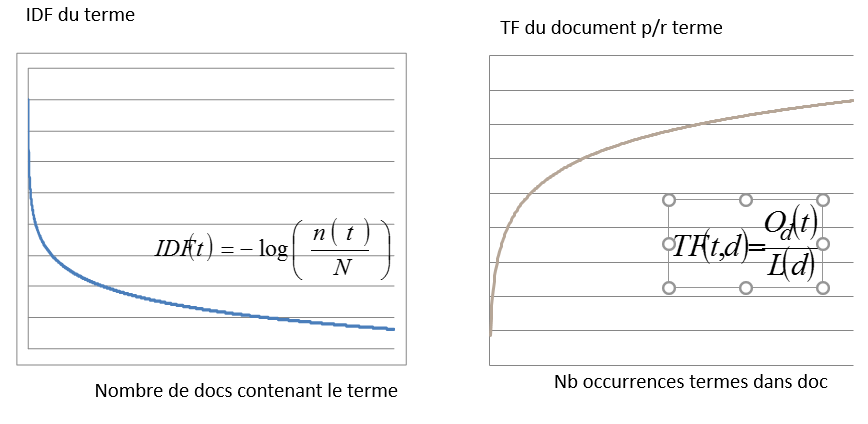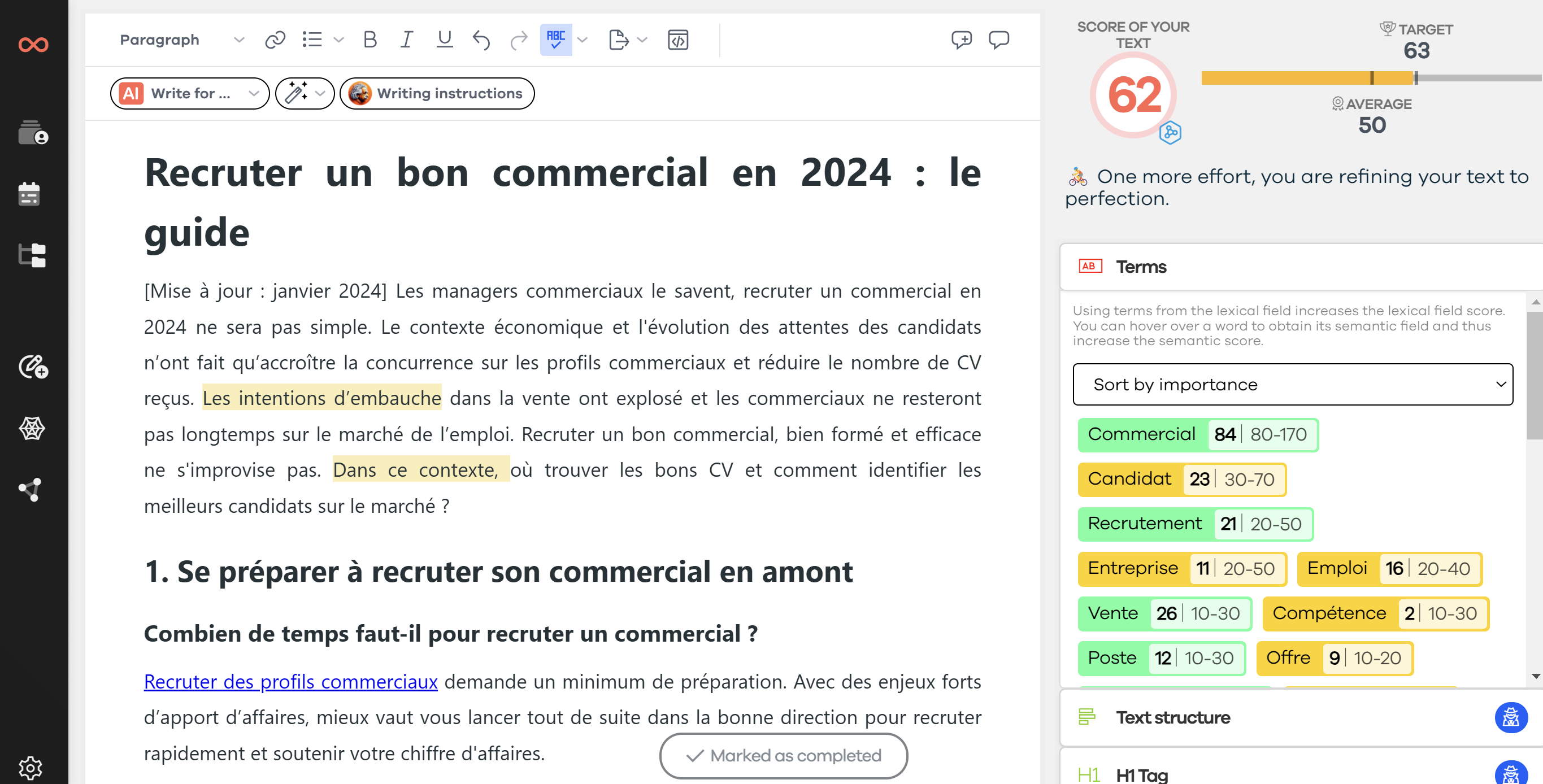By definition, an SEO copywriter is a writer/journalist/editor who differentiates themselves from a standard web copywriter by optimizing their content according to the rules of organic search engine optimization. They aim to maximize the chances of a web page appearing in the top search results on search engines like Google.
Web Copywriter: A Profession in Transition
As Google gradually shifts from being a search engine to a response engine, writing for the web has never been more complex.
Voice search, zero position, and smartphone usage have reshuffled the deck, so much so that web copywriters must now juggle numerous constraints. Here are some keys to help SEO copywriters publish high-performing content.
For your web content: think SEO, think UX!
Now that your editorial strategy is in place, you're about to write your first content as an SEO copywriter, on your website or blog? Hold on, don't rush!
Studies like the one by Nielsen Norman Group highlight the importance of a strong Content/UX (User Experience) strategy. Indeed, the top of the page is crucial in how we want to deliver a message to the user.
The hot zones below (in red) confirm the importance of carefully considering your template. It is believed that the first 100 words are essential for an SEO copywriter to entice the user to read the rest of the page. Google is said to give more weight to the top of the content than the rest of the page.
The page's visual illustration, if it takes up too much space or is not evocative enough, can deter the user from wanting to read the content.

This study also emphasizes the importance of micro-content for any SEO copywriter: headlines, links, section titles, sidebars, bullet lists... Content with specific formatting attracts more reader attention.
Another striking observation is that, in general, users do not read an entire page, at least not word for word. This is increasingly the case as half of the content consumed is on smartphones. That's why the hierarchy and value of information are crucial for a web copywriter specializing in SEO.
The 3 Levels of Web Content Reading
Scanning Reading
- Skimming the screen to locate oneself on the page.
- Headlines are read 5 times more than the text.
- Section titles, headlines, subheadings, and hooks are the only elements read by the user. The SEO copywriter must pay particular attention to these points.
Sweeping Reading
- Only the first words of content and highlighted elements are read.
- Headlines, subheadings, hooks, bold words, links, bullet lists, illustrations, and their captions: these are the elements favored by users.
- It is estimated that about 5 pieces of information on average will be analyzed by the user.
Deep Reading
- Rarer, it resembles reading a printed document.
- Reserved for very specific and in-depth content.
- Impeccable content hierarchy, clear and simplified production by the SEO copywriter, and facilitated navigation (e.g., anchors at the top of the page) can lead the user to this type of reading.
Ask the Right Questions Before Writing
You are an SEO copywriter, and you are about to write an article? Whether it's for your own blog/site or a client's, never dive in headfirst. Your ultimate goal is to offer a product or service and ultimately generate conversions (direct sales, contact requests...).
Whether your client's brief is light or you are new to creating SEO-optimized web content, here are the essential questions to ask before starting any web writing:
- Who is this web content for? What persona (your ideal client)?
- What are the needs/expectations of the identified persona?
- What type of message do we want to convey to them?
- What are the objectives of this content: to communicate or convert?
- What is its role within the overall strategy of the concerned institution?
- Who are the direct and SEO competitors?
- How have the top results on Google structured and oriented their content?
Of course, there is one prerequisite for an SEO copywriter to guide their content in a ROI-oriented way:
- Which keyword searched by users will allow you to be visible on Google and thus generate traffic and conversions? Putting semantics at the service of conversion ensures that you optimize your time spent and give real meaning to your SEO writing.
SEO Optimization: How to Find the Right Keyword
An SEO copywriter can approach their production in two ways: starting with the keyword or the subject they have been asked to cover. In either case, it is better to use a tool to identify semantic opportunities.
Using SEOQUANTUM's keyword research tool will save you valuable time in finding new keywords to write content about. Numerous criteria such as search volume, competition, and difficulty will quickly prioritize the most important expressions.
Characteristics of Well-Optimized Content
Obviously, this purely SEO analysis of finding the right keyword goes hand in hand with your strategic marketing analysis. A user arriving on your page from Google must find the information they are looking for. This is the talent of a good SEO copywriter. It is believed that if users are satisfied with a page, there is a high chance that Google will be too.
Here are the points you absolutely need to focus on:
- Structured content: To allow for quick identification of the main subject and easy navigation within the page, the content structure must be well-crafted.
In theory, each web page should have a level 1 title. If necessary, level 2 subheadings will then organize the various content paragraphs.
But the structure used by the SEO copywriter depends on the site's typology and the page's objectives. The inverted pyramid principle is often used to prioritize information based on its importance.

-
Highlighted content: Emphasize the key expressions identified using SEOQUANTUM. Prioritize the strategic content areas seen earlier and focus particularly on your first 100 words. Headlines, subheadings, bullets, emphasis tags, and link anchors are all points that an SEO copywriter should pay special attention to.
-
Zero position content: The Holy Grail of SEO in 2018, the zero position (located above traditional results), is more easily obtained by directly answering a question at the beginning of the content. Using bullets and tables also encourages Google to choose your content as the answer.

-
Dense content: Aim for a minimum of 500 words for any optimized web content. Google seems to increasingly favor very long, well-documented but well-organized content (around 1500 words). Long content will allow the SEO copywriter to increase keyword density while covering the entire semantic field.
-
Unique content: Google favors qualitative, unique, and useful content for users. More than ever, write content intended to inform, convince, and satisfy the user, not just to provide optimized text for Google.
Web Copywriters: Forget Keyword Stuffing!
Structured, dense, and unique web content is a first step towards good indexing by Google. However, it is essential not to engage in keyword stuffing, or "bourrage de mots-clés" in French. Prohibited since the Google Penguin update (2012), this heavily penalized practice by Google involves excessively filling your page with keywords. To avoid being penalized, an SEO copywriter must:
- Avoid putting the main keyword in every title and subheading;
- Avoid repeating the word in every sentence (e.g., "Are you looking to write an article for the web? Indeed, writing an article for the web...");
- Avoid thinking you can trick Google, for example, by chaining synonyms.
What Keyword Density Should Be Maintained in SEO?
Of course, the boundary between optimized content and keyword stuffing can sometimes be a bit thin. There are several methods to ensure proper density:
- Mathematical: Calculations such as TF-IDF (term frequency-inverse document frequency) are somewhat complex statistical measures, especially for editorial profiles. Fortunately, tools like SEOQUANTUM exist to calculate the right frequency of a keyword in content, making life easier for SEO copywriters.

- Editorial feeling: Complementary to the mathematical method, it remains popular among many SEO copywriters. It may make data-oriented profiles smile, but it aligns with the guidelines mentioned earlier, namely being natural in web writing.
Before worrying about how many times a keyword has been repeated on your page, focus on where you placed them, whether your content is highly relevant, and whether you have thoroughly covered the semantic field around your key expression. An SEO copywriter does organic SEO: be natural!
Why Should Content Be Regularly Updated?
Your content has positioned itself in the top search engine results for your chosen expression? Congratulations! Now you need to make sure it stays there.
Among the criteria that will ensure you keep your place, regularly updating content is a quality factor for search engines like Google. By content update, we mean:
- Update all dates: Whether your content is titled "Where to Invest in 2018?" or another article contains a sentence like "This year the market performed well, and it will continue to do so in 2019", remember to change the dates as needed.
- Update according to current events: A new law, a player changing clubs, a celebrity divorce, a new movie for an actor... Updating your article based on current events is essential for an SEO web copywriter, both for the reader and search engines.
- Update internal linking: The more frequently a site is updated, the higher the frequency of robot visits, and the faster new pages will be indexed. An SEO copywriter focuses on varying links and uses well-indexed pages to link to other high-stakes pages. Likewise, linking your old content from newly published content will facilitate a new robot visit.
Think mobile: structure, inform, engage!
Need to go further?
If you need to delve deeper into the topic, the editorial team recommends the following 5 contents:


